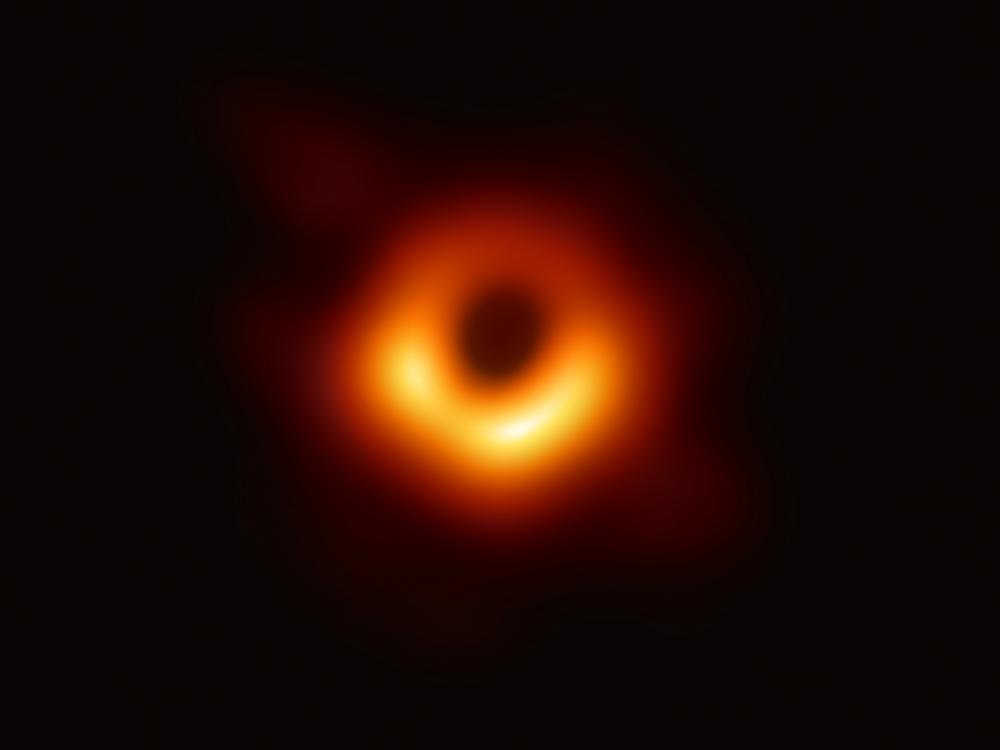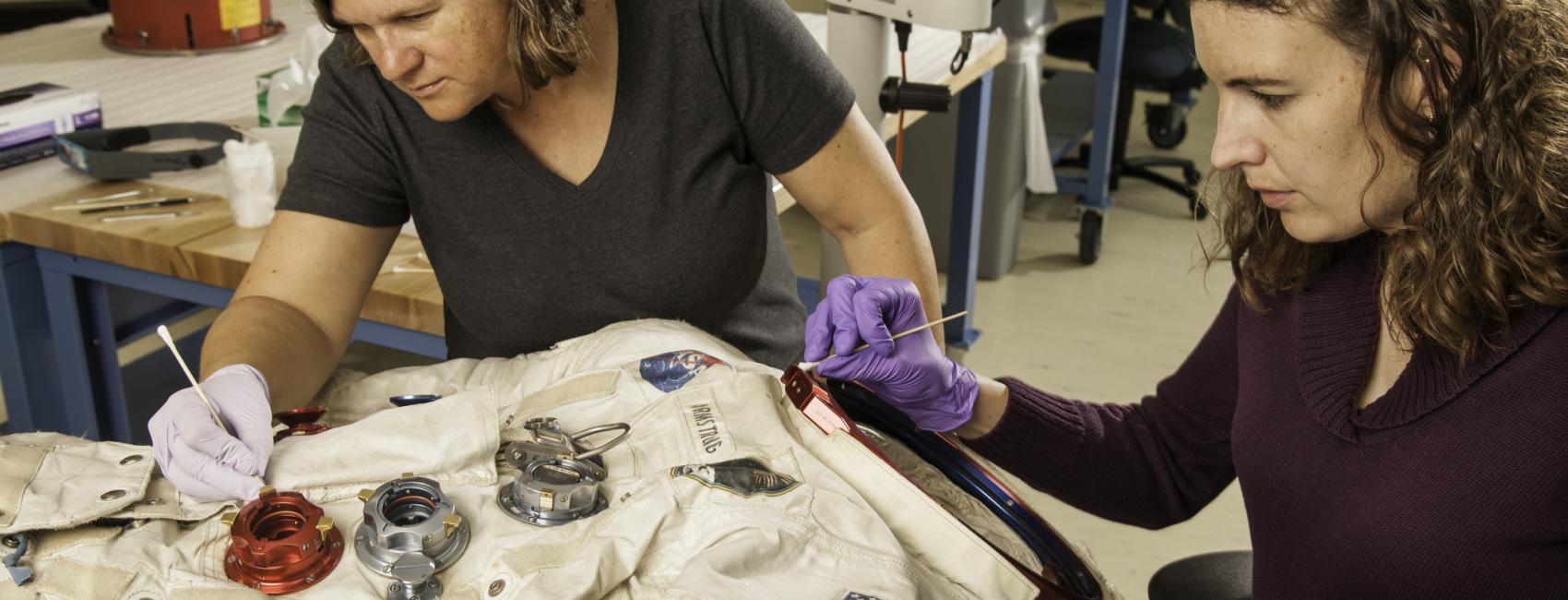
Seeing the Unseeable: Capturing an Image of a Black Hole
Presented Online

Presented Online
This Exploring Space lecture will be presented online. Tune in on YouTube here.
Don't miss this program! Sign up to get a reminder.
Black holes are cosmic objects so small and dense, that nothing, not even light, can escape their gravitational pull. Until recently, no one had ever seen what a black hole actually looked like. Einstein's theories predicted that a distant observer should see a ring of light encircling the black hole, which forms when radiation emitted by infalling hot gas is lensed by the extreme gravity near the event horizon.
And that’s where the Event Horizon Telescope (EHT) comes in. A global array of radio dishes linked together by a network of atomic clocks to form an Earth-sized virtual telescope, EHT was in search of supermassive black hole where this ring feature could be measured. On April 10, 2019, the EHT project reported success: they had imaged a black hole! That image shows the predicted strong gravitational lensing that confirms the theory of General Relativity at the boundary of a black hole.
Join Sheperd Doeleman, founding director of the Event Horizon Telescope Collaboration, as he talks about this historic achievement was accomplished and shares details of the first results.
Many Eyes on the Universe
One hundred years ago, astronomers using optical telescopes questioned whether the universe was composed of stars, or of systems of stars called “galaxies.” Since then, this “Great Debate” has shifted to more and more precise questions. The 2020 Exploring Space Lecture Series will feature discussions on some of these questions as we explore the mysteries of the Sun, new information on black holes, and the roles that the Spitzer and Event Horizon telescopes have played in shaping the parameters of this constantly-evolving debate.
The Exploring Space Lecture Series is made possible by the generous support of Aerojet Rocketdyne and United Launch Alliance.

We rely on the generous support of donors, sponsors, members, and other benefactors to share the history and impact of aviation and spaceflight, educate the public, and inspire future generations. With your help, we can continue to preserve and safeguard the world’s most comprehensive collection of artifacts representing the great achievements of flight and space exploration.
We rely on the generous support of donors, sponsors, members, and other benefactors to share the history and impact of aviation and spaceflight, educate the public, and inspire future generations. With your help, we can continue to preserve and safeguard the world’s most comprehensive collection of artifacts representing the great achievements of flight and space exploration.